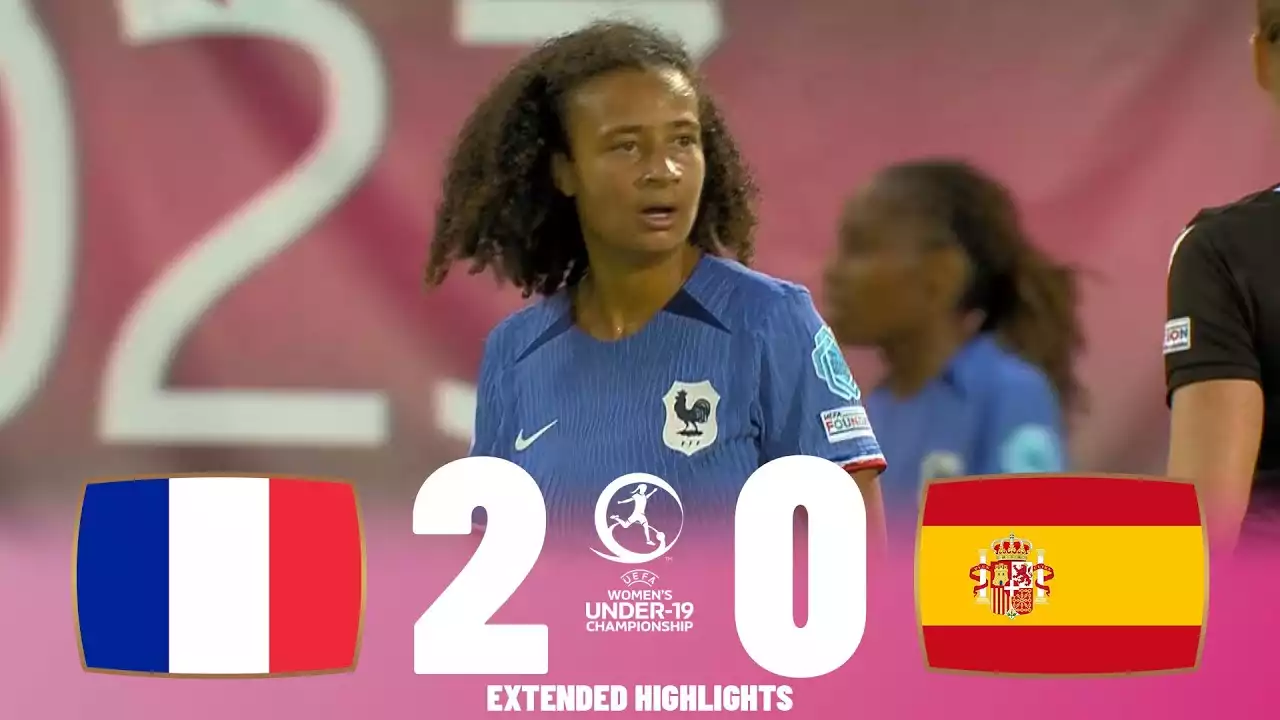The Current European Powerhouses in Women's Football
Europe has long been home to some of the most dominant teams in women's football. Germany, for example, has won the FIFA Women's World Cup twice and the UEFA Women's Euro a record eight times. France, with its talented squad and strong domestic league, consistently ranks among the top teams in the world. And England, with the growth of the Women's Super League and the success of players like Lucy Bronze and Ellen White, has become a formidable force.
However, as the sport continues to evolve, new teams are rising to challenge the established order. One such team is the Netherlands.
Netherlands: A Force to Be Reckoned With
The Netherlands burst onto the scene in 2017 when they won the UEFA Women's Euro on home soil. Led by stars like Lieke Martens and Vivianne Miedema, the Dutch displayed a level of skill and determination that caught the attention of the football world. They followed up their European success with an impressive run to the World Cup final in 2019, narrowly losing to the United States.
What sets the Dutch team apart is their attacking prowess. Martens, the 2017 FIFA Women's Player of the Year, is known for her technical ability and creativity on the ball. Miedema, on the other hand, is a prolific goal scorer and holds the record for the most goals scored in a single Women's Super League season.
With a talented squad and a strong domestic league, the Netherlands has the potential to compete at the highest level. They have shown that they can challenge established powerhouses and are poised to become a force to be reckoned with in European women's football.
Spain: Rising Through the Ranks
Another team to watch out for is Spain. Historically known for their technical prowess in men's football, the Spanish national team has steadily improved in the women's game. They have made significant strides in recent years and are emerging as a strong contender in European women's football.
One player who has been instrumental in Spain's rise is Jennifer Hermoso. The forward, who currently plays for Barcelona, is known for her clinical finishing and ability to score from almost any position on the field. She has been a consistent goal scorer for both her club and country and has played a key role in Spain's success.
Another standout player for Spain is Alexia Putellas. The midfielder, also representing Barcelona, possesses excellent vision and passing ability. She has the ability to dictate the tempo of the game and create scoring opportunities for her teammates.
With players like Hermoso and Putellas leading the way, Spain has the potential to challenge the established order in European women's football. They have already proven themselves on the international stage and are a team on the rise.
Italy: A Resurgence in Women's Football
Italy is another team that has the potential to become a European powerhouse in women's football. While they have a rich history in men's football, the women's game has often been overlooked. However, that is beginning to change.
In recent years, Italy has made significant strides in women's football, both in terms of the national team and the domestic league. Led by captain Sara Gama, the Italian national team has been showing promising signs of improvement. Gama, a strong and commanding defender, provides leadership and stability to the team.
The Italian Serie A Femminile, the top-tier women's league in Italy, has also experienced a resurgence. With the support of major clubs like Juventus, AC Milan, and Inter Milan, the league has seen increased investment and improved competitiveness.
With a strong local league and a renewed focus on development, Italy is determined to leave their mark on the international stage. They may not be the first team that comes to mind when thinking of European powerhouses, but they are a dark horse with the potential for success.
Key Players to Watch in These Teams
The success of any team relies heavily on the talent and skill of its players. In the case of the Netherlands, Lieke Martens and Vivianne Miedema are the standout stars. Martens, a technically gifted winger, is known for her dribbling ability and creativity in the final third. Miedema, on the other hand, is a lethal striker who consistently finds the back of the net.
For Spain, Jennifer Hermoso and Alexia Putellas are the key players to watch. Hermoso's goal-scoring ability and versatility make her a constant threat to opposing defenses. Putellas, on the other hand, is a playmaker in midfield, capable of creating scoring opportunities for her teammates.
In Italy, Sara Gama leads by example as the captain of the national team. Her leadership and defensive prowess provide a solid foundation for the team. Additionally, players like Valentina Giacinti and Barbara Bonansea have proven themselves as key contributors in the Italian squad.
Factors Contributing to the Rise of These Teams
Several factors contribute to the rise of these teams and their potential to become European powerhouses in women's football. First and foremost is the increased investment in the women's game. Major clubs and football associations are recognizing the potential and value of women's football, and as a result, are investing more resources into developing the sport.
Another factor is the improved infrastructure and support systems for women's football. Training facilities, coaching staff, and youth development programs have all seen significant improvements, allowing for better player development and talent identification.
The growing popularity of women's football also plays a role. Increased media coverage and fan support have helped raise the profile of the sport, attracting more young girls to take up the game and providing a platform for female players to showcase their skills.
Challenges and Obstacles
While these teams have the potential to become European powerhouses, they will face challenges along the way. One of the main challenges is the competition from established powerhouses like Germany, France, and England. These teams have a long history of success and will not easily relinquish their dominant positions.
Additionally, the lack of financial support and investment in women's football compared to men's football remains a significant obstacle. While progress has been made, there is still a long way to go in terms of equal pay, sponsorship deals, and overall financial support for women's teams.
Another challenge is changing societal attitudes and perception of women's football. While progress has been made in recent years, there is still a stigma attached to women's football in some regions. Overcoming these biases and stereotypes will be crucial in the growth and development of the sport.
Future Outlook for Women's Football in Europe
Despite the challenges, the future of women's football in Europe looks promising. The rise of these teams and the increased investment in the sport are positive indicators of the direction it is headed. With more resources, support, and opportunities, women's football has the potential to continue growing and evolving.
As the sport gains more recognition and popularity, we can expect to see more teams emerging as contenders for European powerhouses. The competition will become fiercer, and the quality of play will continue to improve.










